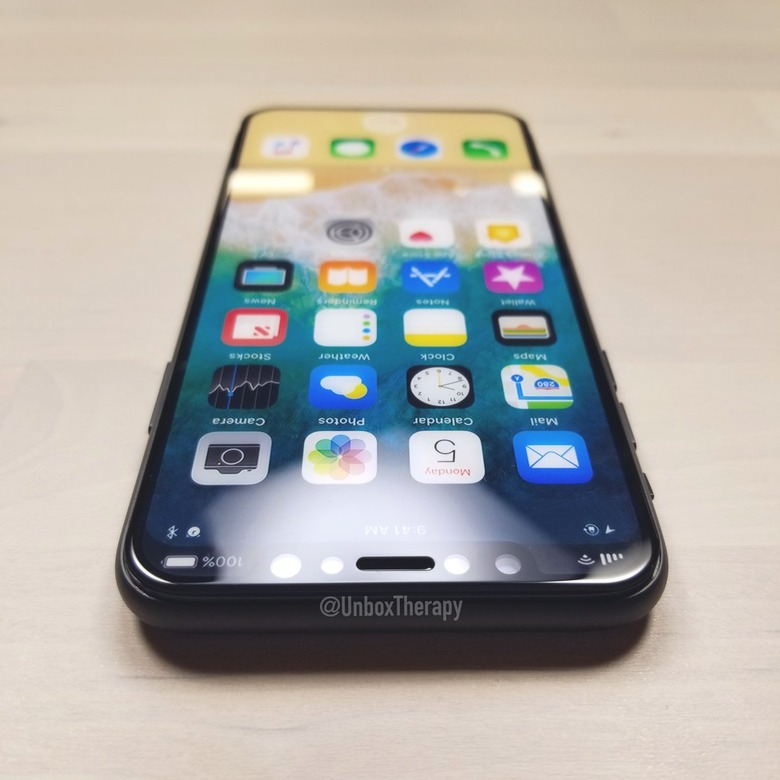Huge Apple Leak Confirms iPhone 8 Design
With each new iPhone 8 leak that we've seen so far, it becomes increasingly obvious that the hottest iPhone that Apple will launch this year will also feature a design unlike anything we've seen on previous models. The iPhone 8 will not have a physical home button and its bezels will be smaller than ever. CAD drawings, 3D renders, and protective case designs have shown the same purported iPhone 8 design over and over. Well, it looks all the rumors are true, and we have Apple to thank for the biggest iPhone 8 leak to date.
You know how Apple is big on secrecy and how the company has employed a team of highly skilled former intelligence officers to combat internal leaks? Well, Apple probably didn't see this one coming. Someone at Apple accidentally — or intentionally — released the first firmware of Apple's HomePod smart speaker.
Intrepid developers took that firmware apart to find various details about the Siri speaker itself, but also about the next iPhone. Because, for some reason, a schematic of the new iPhone form-factor was buried in the software.
And it looks like others confirmed the findings of developer Steve Troughton-Smith:
Here's a higher resolution version: pic.twitter.com/p60xeEn7Ie
— Guilherme Rambo (@_inside) July 31, 2017
It's unclear at this time why the HomePod firmware was released in the wild, but someone's going to be in a lot of trouble over at Apple.
And it looks like that firmware can still be downloaded by anyone looking to get it:
The fact that the firmware is still available to download from Apple really adds insult to injury.
— ATPTipster (@ATP_Tipster1) July 31, 2017
As you can see in these tweets, the iPhone 8 schematic that Apple offers is perfectly in line with what we've already seen in countless leaks: no home button on the front, small bezels all around except for the cutout at the top of the display for the ear speaker, camera, and sensors.
The images do not show the rear side of the handset, but this is still a great find. Seeing the back of the phone in Apple's firmware isn't really that helpful anyway, although it could confirm that there's not going to be a Touch ID sensor on the rear side of the handset.
